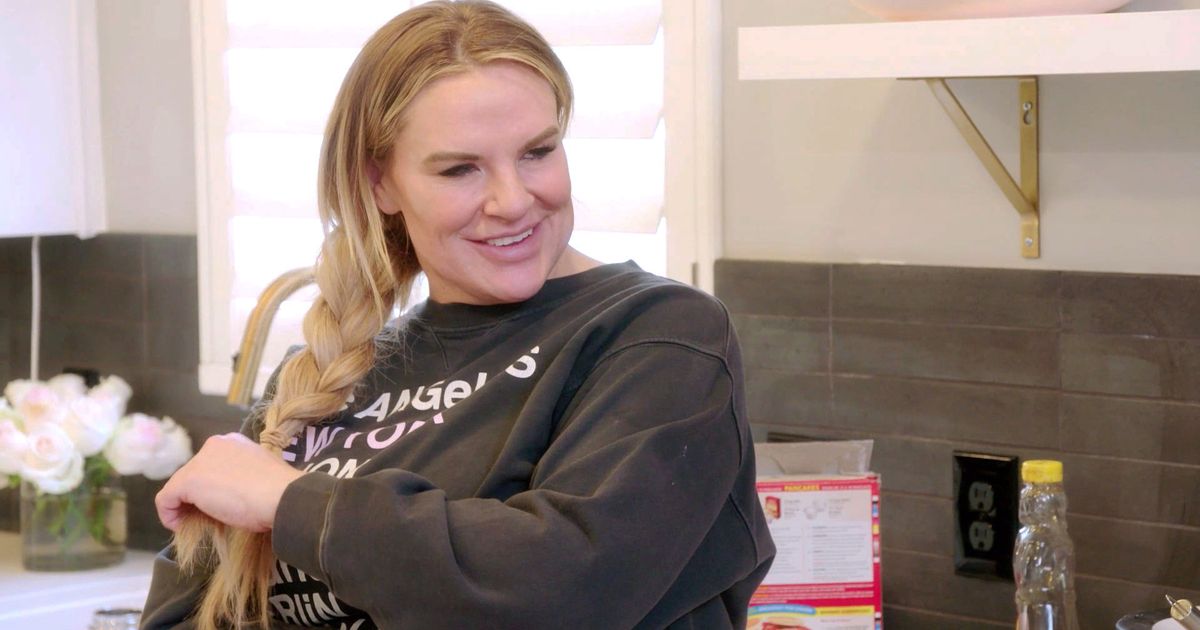

The “artsy” label, in the current reality-TV landscape, is more likely to be lavished on the quiescent experiment of “Terrace House” the avant-garde, queer-friendly portraits of “Dating Around” or the social-commentary humiliation of “90-Day Fiancé.” “Housewives” is now comfort TV, which is a compliment and a dig.

The drink will be thrown, the gossip will be launched, the husband will be divorced. “Housewives” has become an institution of network reality television it is still beloved-though that love is mainly expressed, by devotees, through biting critique-but its trusted formula, with rare exceptions, lulls. In the years that followed, the franchise expanded to encompass nine more cities, and to spawn several spinoffs. When the inaugural series, “The Real Housewives of Orange County,” premièred, in 2006, audiences were titillated by this monster picture of female arrogance, wounded glamour, and social betrayal, and, moreover, by the participants’ evident awareness of the bit. This was the initial appeal of the “Housewives” franchise, which will swan to its fifteenth anniversary in March. Reality-television fans have high standards for artifice, which needs to seem both believable and intricately produced, bloody and plastic. He was reaching, and, in that crucial moment, he flopped.īeing tasteless requires good taste. Brooks’s jab, a callback to the witty white-male cruelty that thrived in the aughts, now directed at a woman of color by a member of Gen Z, felt like an anachronism. The issue was the artlessness of the fakery. It wasn’t the fakeness of the budding feud that rankled viewers “Housewives” is, constitutionally, a soap opera, and it is fuelled by petty offense, manufactured from the slightest of slights. Brooks’s mistake, or, rather, his miscalibration of the etiquette of the genre, fascinated me.
Real housewives of salt lake city time how to#
This is how to enjoy reality television these days. Her vagina’s in my face.” After the episode aired, fans voiced their displeasure with him on social media, branding the incident “Vagina-gate.” Ultimately, it was Shah who barrelled her way to the spot of protagonist.Īm I applying too much analytical pressure to the situation? Well, yes. We see Brooks seethe in a corner, and, in a cut to a confessional, he exaggerates the scene, saying, “I’m feeling really uncomfortable. While sitting on the couch, Shah gets excited and girlishly kicks her heels in the air. Her vibe is confrontational and campy Brooks finds her uncouth. A Muslim Polynesian living in a white Mormon stronghold, Shah is doubly outcast, and so she fights hard for the spotlight. Here is a thoroughly modern, weirdly affecting image: the savvy, gay son protecting his sad, subdued mother, with whom he shares a pink pout and a hunger for insta-celebrity.īut how quickly the presumptive fan favorite fell from grace! In the third episode, Meredith invites Jen Shah over for margaritas. The twenty-one-year-old Brooks, an aspiring fashion designer of limited skill, seems to be a student of the “Housewives” phenomenon he is fluent in the show’s tropes, acting as Meredith’s confidant and stylist. Meredith, a jewelry designer, tells us that her son has taken a break from his studies at New York University to support her as she navigates a tough spot in her marriage. The most promising character at the start of “The Real Housewives of Salt Lake City,” which débuted in November, is not one of the “housewives” but one of their children: Meredith Marks’s son, Brooks, who, in oversized sunglasses and a puffer coat, presents himself as a ready-made meme.


 0 kommentar(er)
0 kommentar(er)
